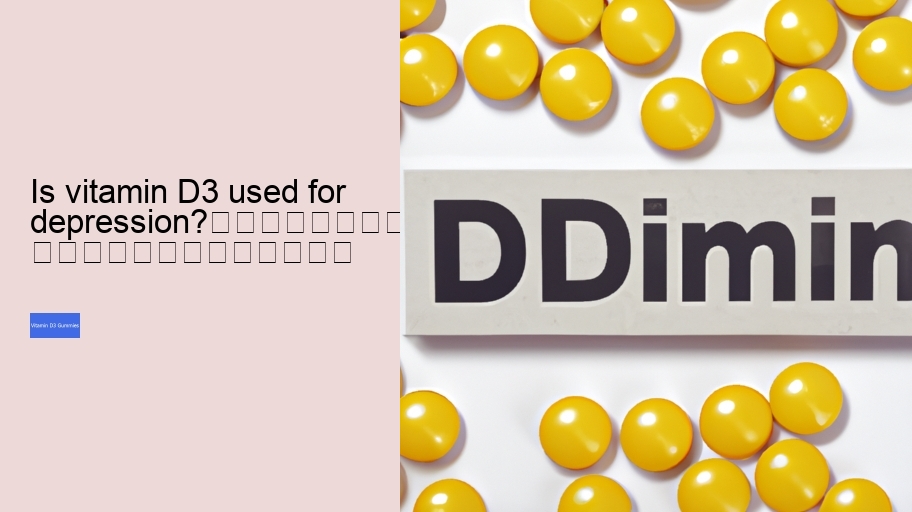
With vitamin D, both deficiency and excess can pose problems. The recommended daily allowance for vitamin D varies based on age and life stage.
The time it takes to feel better after taking vitamin D3 varies widely among individuals and depends on the specific health issues related to deficiency. Some may experience improvements in a few weeks, while others may take longer. Regular monitoring and patience are key.
For most adults, a daily intake of 600-800 IU of vitamin D3 is considered safe and sufficient to meet the body's needs. However, individual requirements may vary, so it's advisable to consult with a healthcare professional to determine the right dose for your specific circumstances.
Taking 10,000 IU of vitamin D3 daily is a high dose and should only be done under the guidance of a healthcare professional. Such doses may be appropriate for specific medical conditions but can lead to toxicity if not managed properly.
Vitamin D3 is generally safe for most people when taken within recommended doses. However, individuals with specific medical conditions or medications should consult a healthcare provider before supplementing, and regular monitoring is essential to prevent potential toxicity.
Yes, excessive intake of vitamin D3 can lead to toxicity, which can result in symptoms such as nausea, vomiting, weakness, and even kidney problems. It's crucial to adhere to recommended daily doses and consult a healthcare professional if you have concerns about excessive vitamin D intake.
Cholecalciferol (D3) is generally the preferred form of vitamin D for supplementation, as it is more effective at raising blood levels of the vitamin and is widely available in supplements.